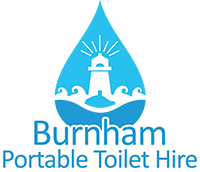Free Market at Stretcholt Equestrian Centre
The event is Free and locally at Stretcholt Equestrian Centre, Stretcholt, Bridgwater TA6 4SR.
Burnham Portable Toilets are providing 4 of our Event Toilets over the weekend so we thought we’d give them a little shout out!
The market runs on the 12th and 13th March. Lots of fun things to look at and do. Whether your interested in Civil War, Romans, WW1 & 2, Medieval, Vikings I’m sure there would be something to suit all, it really is “Living History”.
Stalls include costumes, weapons, sheepskin rugs, it really has lots to offer and many hidden treasures!
A re enactment is the action of performing a new version of an old event, usually in a theatrical performance. If you’re interested in history, you might enjoy watching a re enactment of a major battle or speech. In a re enactment, people try to get the details as close to the original as possible.
Free Admission and Great For Kids
To make things even easier for both traders and customers, they have chosen a venue where they can offer CHEAP CAMPING, GOOD CATERING, AND A SUBSIDISED BAR so that people don’t have to leave the site to enjoy a social evening or two – plus FREE ADMISSION!!
Really worth a look, children very welcome and a chance to go back in time!








Leave A Comment
You must be logged in to post a comment.